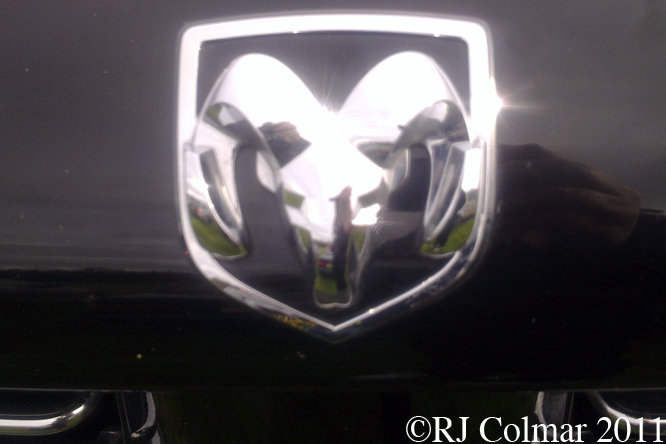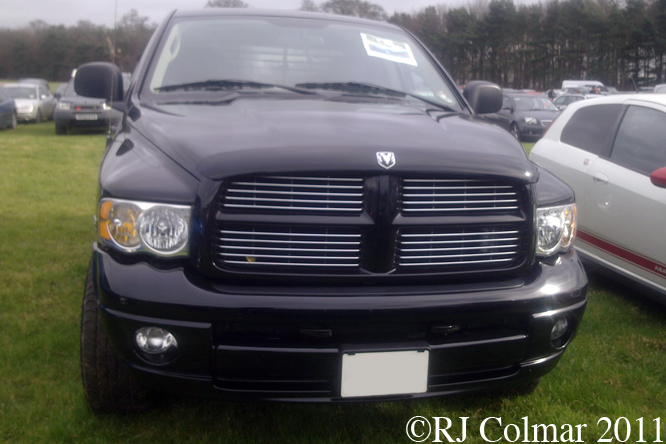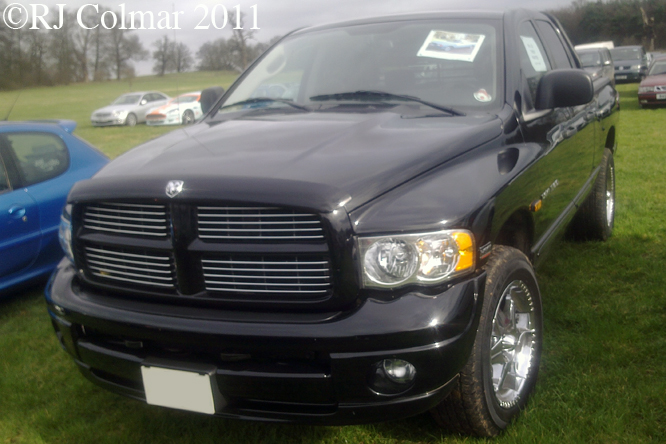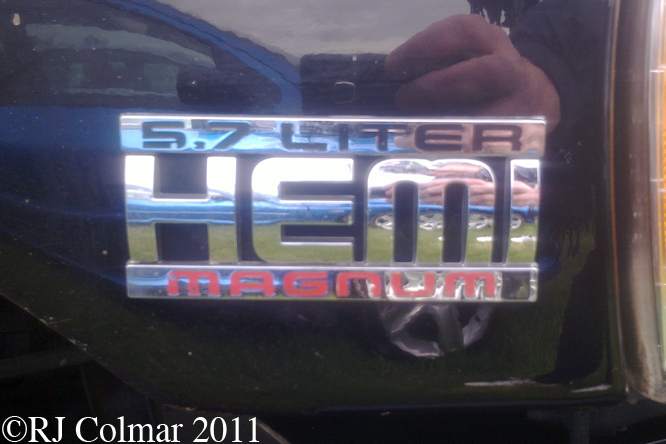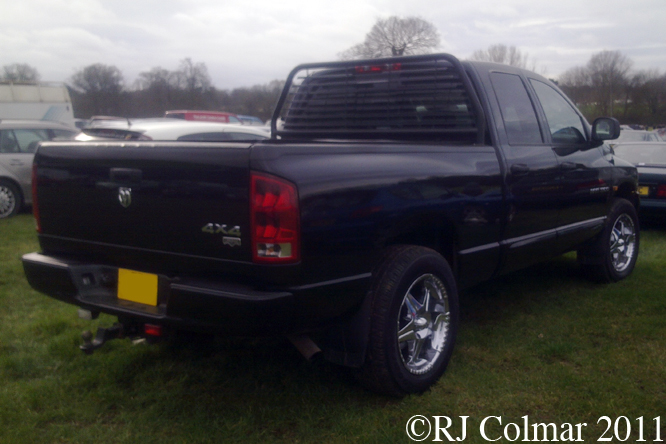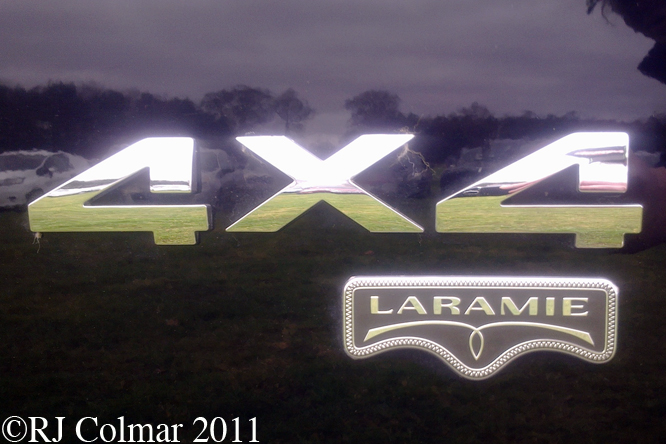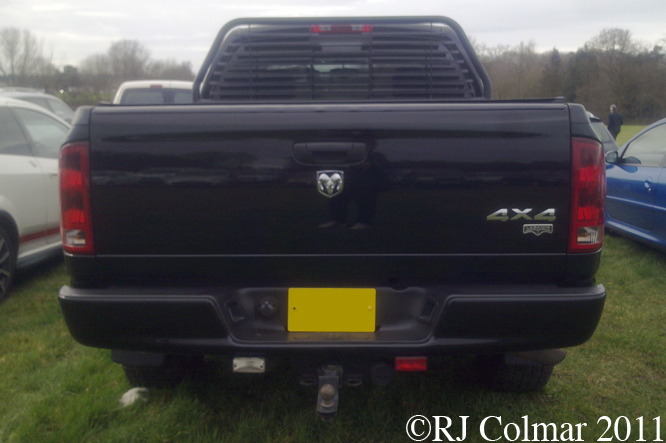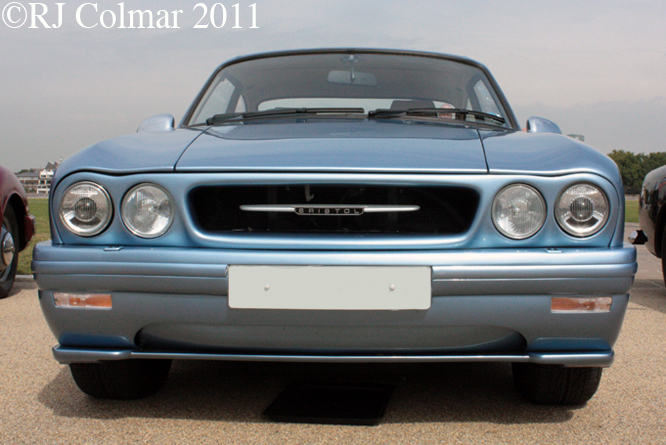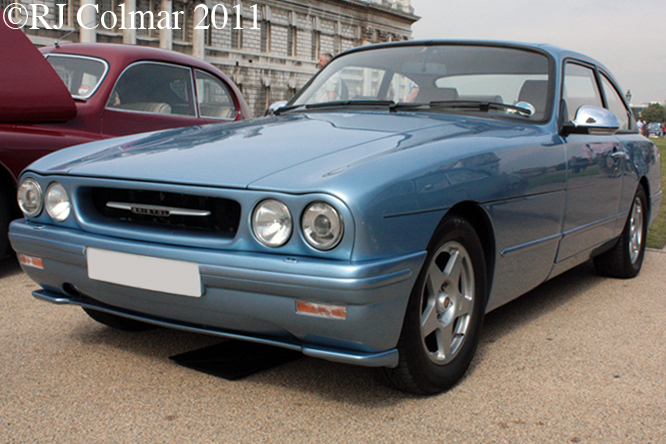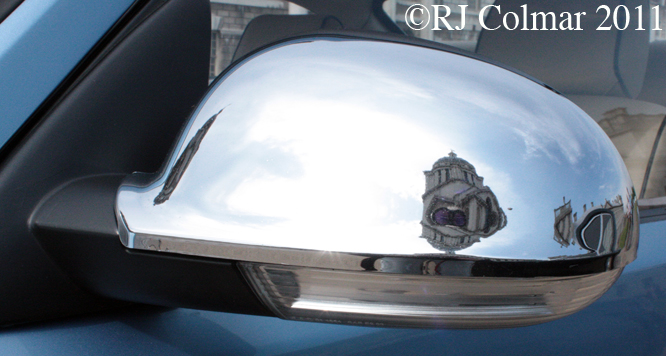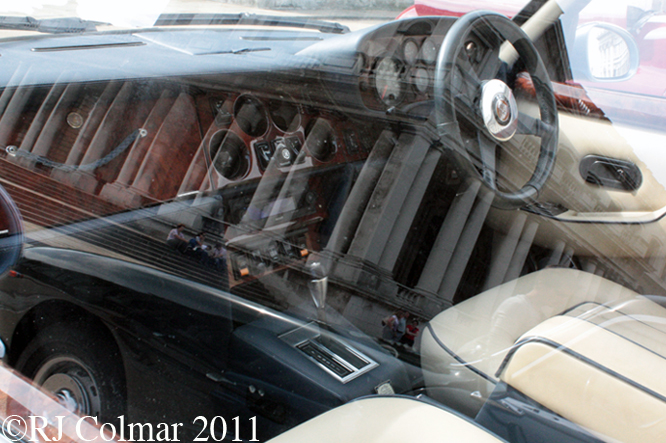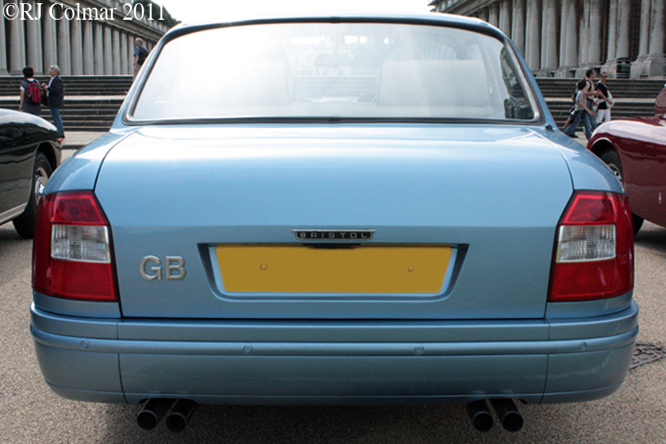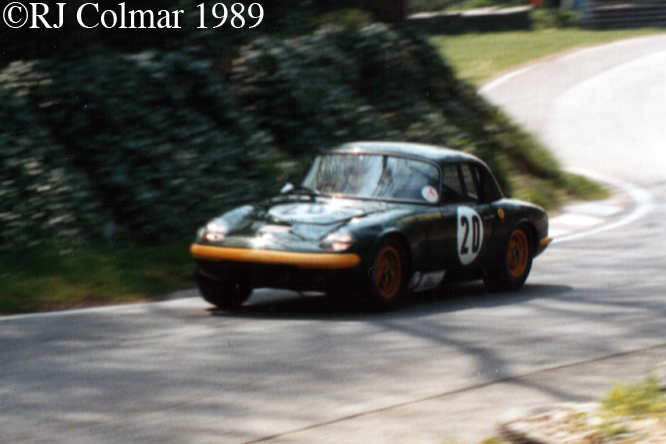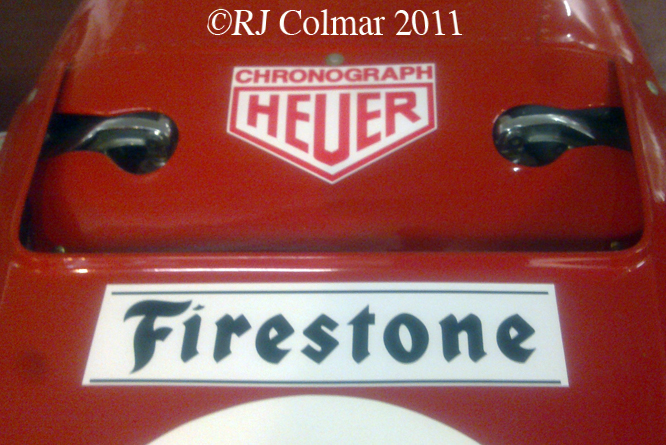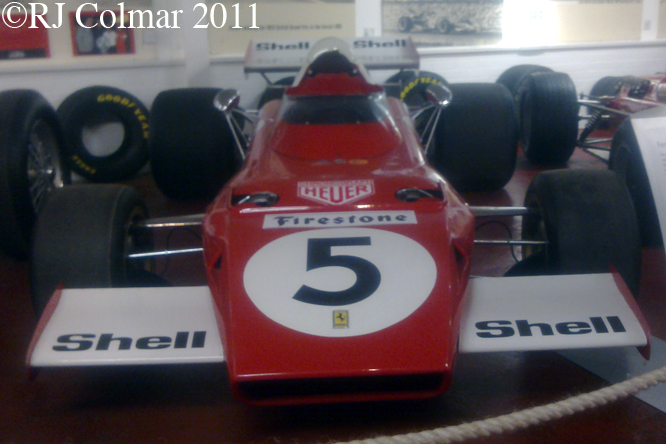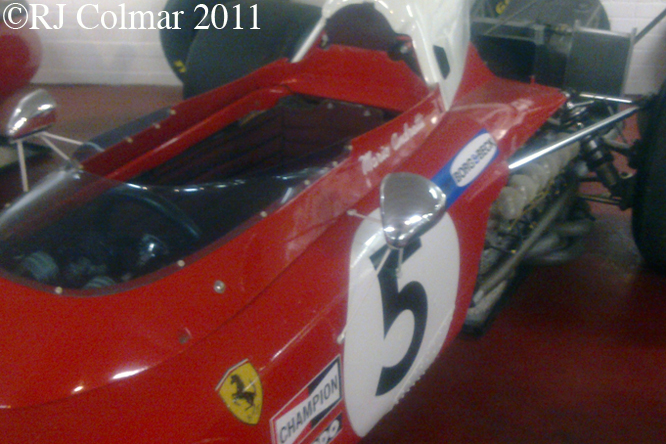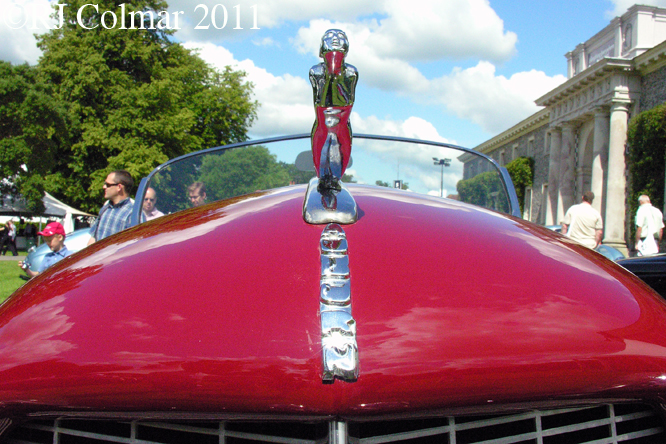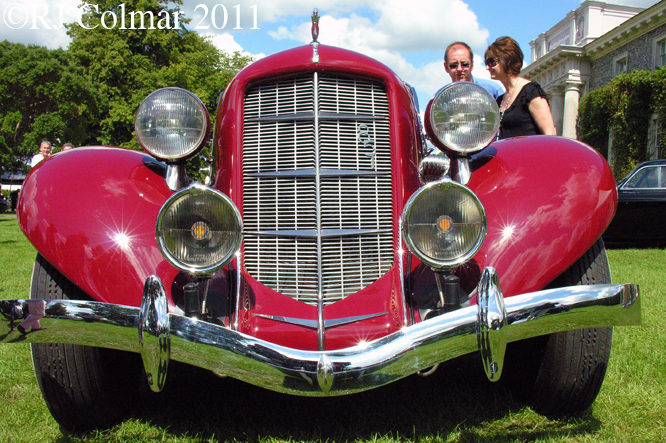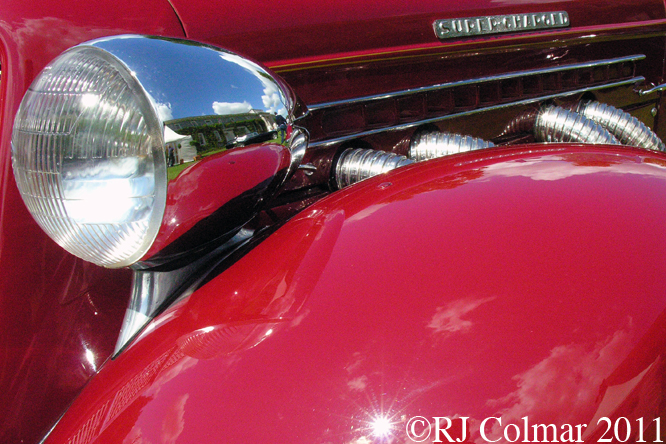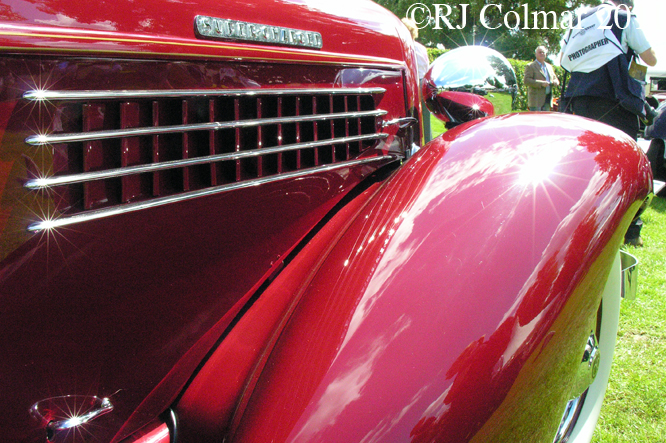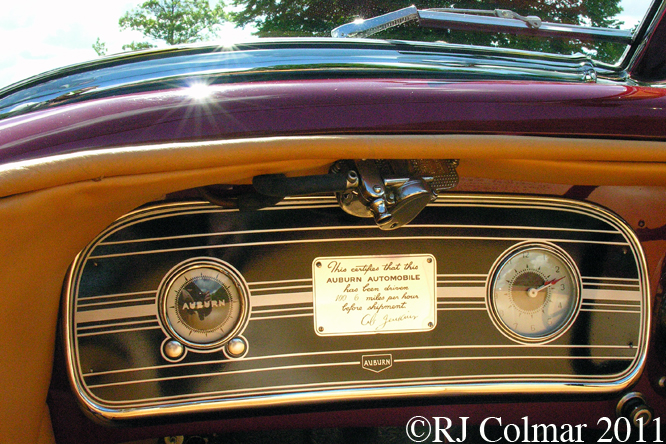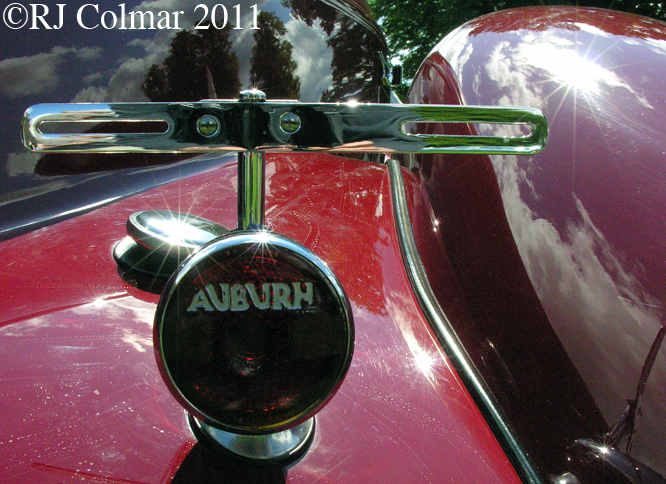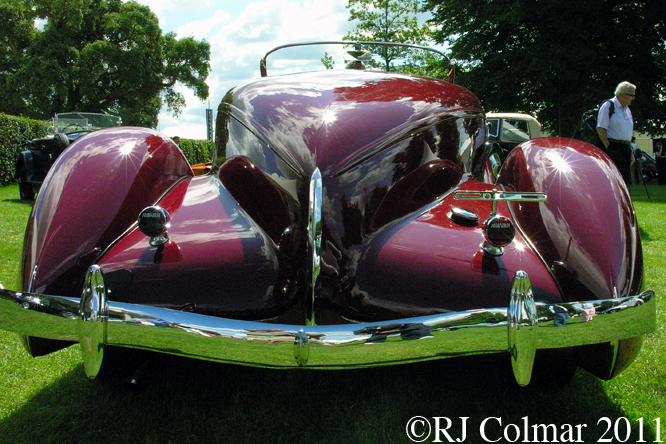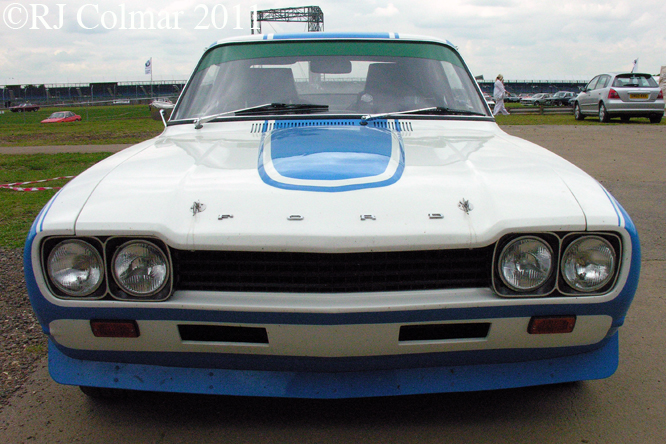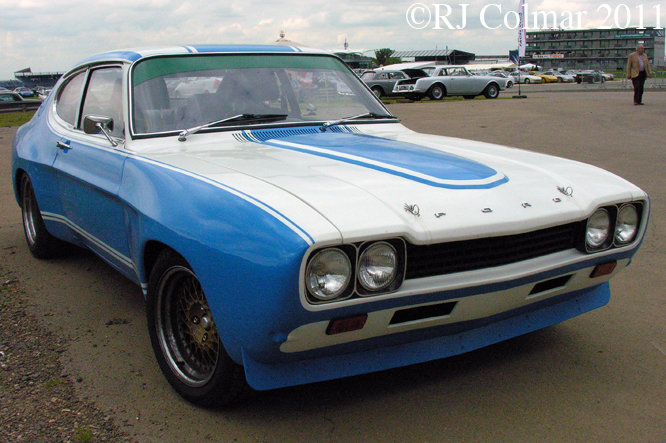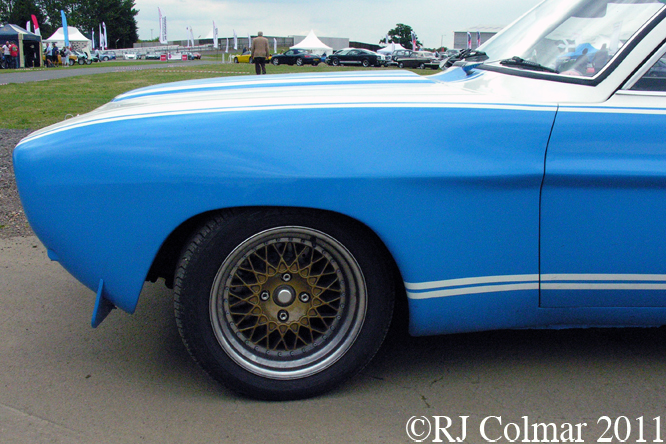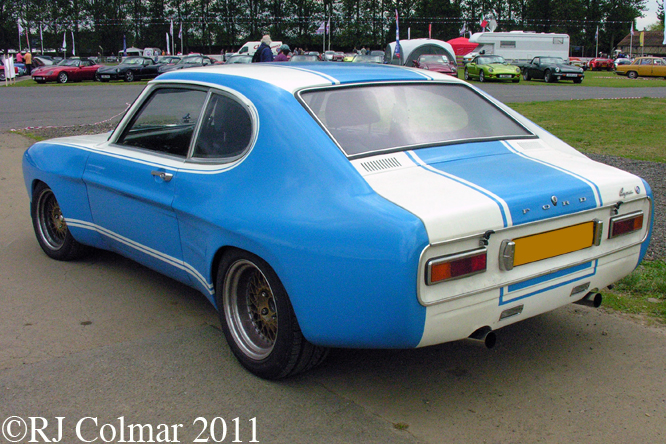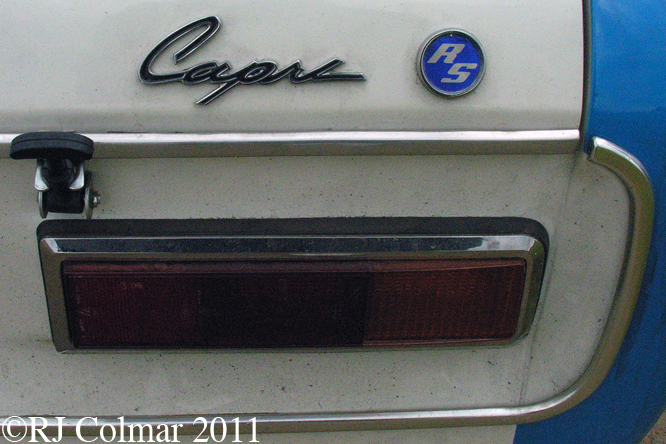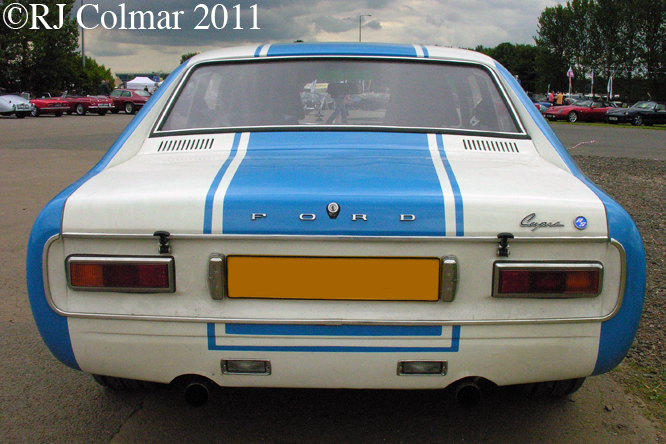In October 1932 MG launched the K-Type Magnette at the London Motor Show, featuring a 48″ track and either a 94″ or 108″ wheel base the chassis was powered by a 6 cylinder 39 hp 1087cc / 66 cui motor with a cross flow cylinder head that originated from the 1930 Wolseley Hornet.The K1 Magnet was fitted with a saloon body on the 109″ wheel base and in all 181 were manufactured up to 1934 in KA, KB and lastly KD specifications which reflected a series of motor upgrades during the production run.
In 1933 the K2 a two seater on the 94″ chassis was launched, 16 were built with KB spec motors and 4 more with KD motors and pre selector gear boxes.
The princely sum of £795 could secure a supercharged K3 racing variant, as seen driven above at Prescott by Brandon Smith – Hillard, at first, as above, fitted with Powerplus superchargers just below the radiator and later with Marshall units. Fitted with pre selector gearboxes three K3’s including #K3001 above were entered into the 1933 where George Eyston and Giovanni Lurani driving chassis #K3003 came in 21st behind Tazio Nuvolari in an ALFA Romeo but took a class victory with Earl Howe and Hugh Hamilton coming in 22nd overall and 2nd in class in #K3001.
Subsequently #K3001 was raced at Brooklands, shared for the Shelsley Walsh by Land Speed Record holder and Mille Miglia class winner George Eyston with MM team mate Giovanni Lurani, raced throughout Europe by Bobby Kolrusche in 1934.
The Mille Miglia chassis #K3003 meantime had been given to the great Tazio Nuvolari to drive in the 1933 Ulster TT which he promptly won outright beating two 8 cylinder ALFA Romeo’s running in the 3 liter 183 cui class.
At some point after 1934 and before the commencement of the 2nd World War the body from the Mille Miglia and Tourist Trophy winning #K3003 replaced that on #K3001 which is how #K3001 appears in the photo above one of just 33 K3’s to have been built from 1933 to 1934.
My thanks to Ed of the Wessex MG Club Newsletter for details about this chassis.
Thanks for joining me on this ‘Race Winning Body’ edition of ‘Gettin’ a li’l psycho on tyres’, I hope you will join me again tomorrow, don’t forget to come back now !



